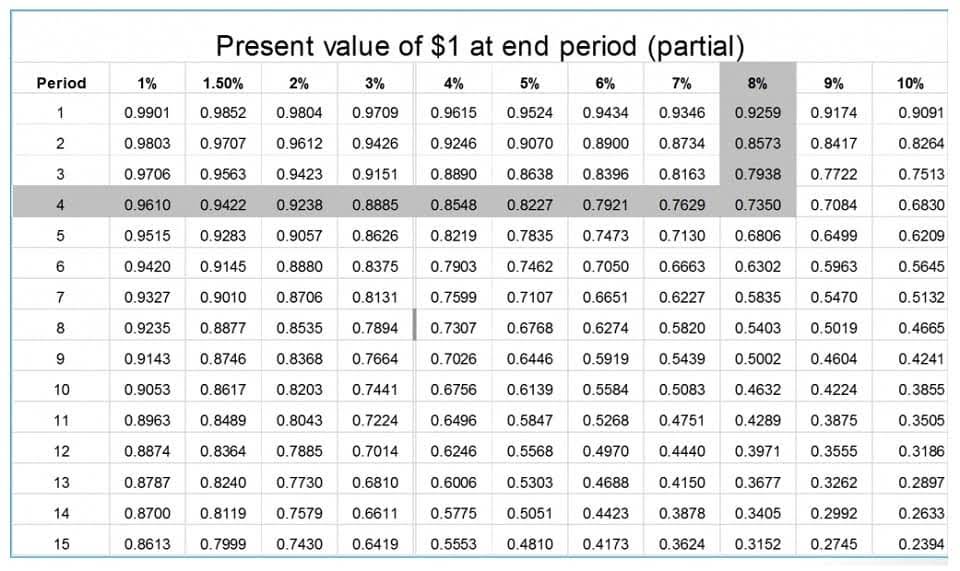
By tracking the flow of inventories, FIFO impacts important metrics like profitability and the valuation of assets. The FIFO inventory method assumes that the oldest goods purchased are the first to leave the company as sales occur. The FIFO method, or First-In-First-Out, is a popular inventory management approach that ensures the oldest inventory is used or sold first.
- A business in the trading of perishable items generally sells the items purchased first.
- The First-In, First-Out method, also called the FIFO method, is the most straight-forward of all the methods.
- For example, a company that sells seafood products would not realistically use their newly-acquired inventory first in selling and shipping their products.
- This approach reflects the fact that the oldest goods were sold first, so inventory is stated at the latest acquisition cost.
- The core difference between FIFO and LIFO lies in which goods they remove from inventory first.
- We recommend consulting a financial expert before making any decisions around inventory valuation.
- In addition to impacting how businesses assign value to their remaining inventory, FIFO and LIFO have implications for other aspects of financial reporting.
FIFO’s Representation of Ending Inventory on the Balance Sheet
If these products are perishable, become irrelevant, or otherwise change in value, FIFO may not be an accurate reflection of the ending inventory value that the company actually holds in stock. To calculate the value of inventory using the FIFO method, calculate the price a business paid for the oldest inventory batch and multiply it by the volume of inventory sold for a given period. The FIFO method assumes that the first items manufactured or purchased are the first items sold and that the cost of those items is the cost of goods sold. Under the moving average method, COGS and ending inventory value are calculated using the average inventory value per unit, taking all unit amounts and their prices into account. ShipBob finally gave us the visibility and analytics we were looking for.
Regularly review stock

This makes it easier to accurately account for your inventory and maintain proper FIFO calculations. Sal’s Sunglasses is a sunglass retailer preparing to calculate the cost of goods sold for the previous year. To calculate COGS (Cost of Goods Sold) using the FIFO method, determine the cost of your oldest inventory. Using the FIFO method, the cost of goods sold (COGS) of the oldest inventory is used to determine the value of ending inventory, despite any recent changes in costs. For inventory tracking purposes and accurate fulfillment, ShipBob uses a lot tracking system that includes a lot feature, allowing you to separate items based on their lot numbers. For example, say a rare antiques dealer purchases a mirror, a chair, a desk, and a vase for $50, $4,000, $375, and $800 respectively.
c. Enhanced Inventory Valuation
- Check with your CPA to determine which regulations apply to your business.
- First in, first out (FIFO) is an inventory method that assumes the first goods purchased are the first goods sold.
- It’s important to note that these effects are reversed in periods of falling prices, where LIFO would result in lower COGS and higher inventory values compared to FIFO.
- This article explains the use of first-in, first-out (FIFO) method in a periodic inventory system.
- At the start of the financial year, you purchase enough fish for 1,000 cans.
- It refers to the practice of tracking inventory flows and assigning costs on the assumption that the oldest goods in a company’s inventory are sold first.
With the help of above inventory card, we can easily compute the cost of goods sold and ending inventory. The first guitar was purchased in January for $40.The second guitar was bought in February for $50.The third guitar was acquired in March for $60. On the first day, we have added the details of the purchased inventory. Inventory management is a critical aspect of any business, influencing its profitability and operational efficiency.

FIFO, on the other hand, is the most common inventory valuation method in most countries, accepted by International Financial Reporting Standards Foundation (IRFS) regulations. It is an alternative valuation method and is only legally used by US-based businesses. It is one of the most common methods to value inventory at the end of any accounting period; thus, it impacts the cost of goods sold Retail Accounting during the particular period.


In both cases, only goods actually sold are included in the calculations. This means that if you purchased a bookkeeping batch of 300 goods and only sold 150, you would multiply the purchase price by 150. The most significant difference between FIFO and LIFO is its impact on reported income and profits. For FIFO, higher gross income and profits may look more appealing to investors, but it will also result in a higher tax bill.

FIFO is straightforward and intuitive, making it popular as an accounting method and useful for investors and business owners trying to assess a company’s profits. It’s also an accurate system for ensuring that inventory value reflects the market value of products. The average cost inventory valuation method uses an average cost for every inventory item when calculating COGS and ending inventory value. Inventory costs are reported either on the balance sheet or are transferred to the income statement as an expense to match against sales revenue. When inventories are used up in production or are sold, their cost is transferred from the balance sheet to the income statement as the cost of goods sold.
- Therefore, the most recent costs remain on the balance sheet, while the oldest costs are expensed first.
- That leaves you with 500 units in our ending inventory, valued at $2 per unit.
- In periods of rising prices, FIFO results in higher net income than LIFO.
- Inventory valuation methods like LIFO (Last In, First Out) and FIFO (First In, First Out) significantly influence how businesses report financial health.
- In this lesson, I explain the FIFO method, how you can use it to calculate the cost of ending inventory, and the difference between periodic and perpetual FIFO systems.
- Not only is net income often higher under FIFO, but inventory is often larger as well.
- Although the ABC Company example above is fairly straightforward, the subject of inventory—and whether to use LIFO or FIFO—can be complex.
Perpetual LIFO
In contrast to the FIFO inventory valuation method where the oldest products are moved first, LIFO, or Last In, First Out, assumes that the most recently purchased products are sold first. In a rising price environment, this has the opposite effect on net income, where it is reduced compared to the FIFO inventory accounting method. As mentioned earlier, the FIFO method can result in a higher valuation of inventory and a lower cost of goods sold, which can have a positive impact on the company’s financial documents. However, it is important to note that the LIFO method can result in the opposite effect, with a lower valuation of inventory and a fifo inventory method example higher cost of goods sold. This can be beneficial for businesses in certain circumstances, such as when prices are rising and the LIFO method results in a lower taxable income. FIFO and LIFO have different impacts on inventory management and inventory valuation.
